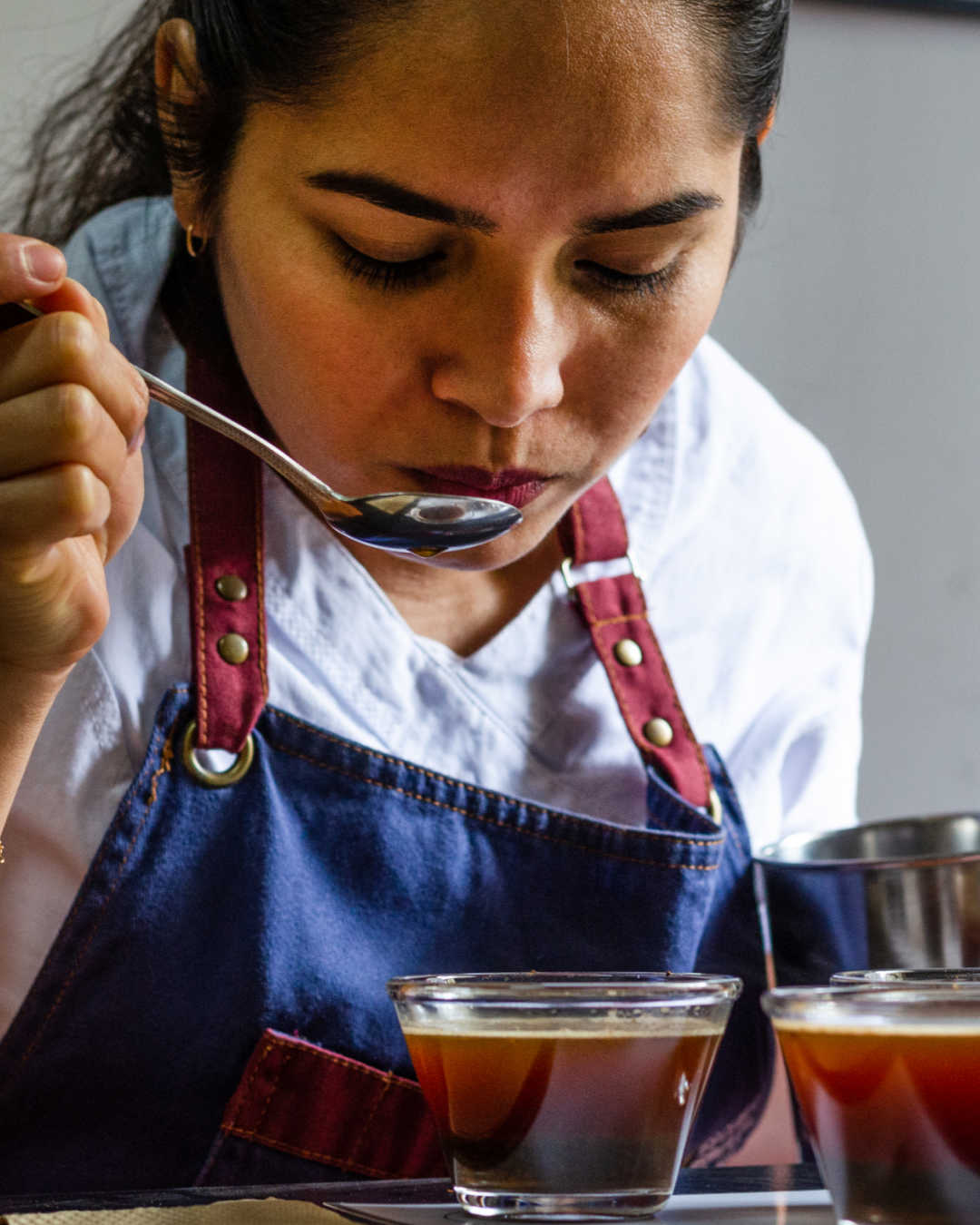
The unsung hero—water—can make or break your morning coffee. Understanding this dynamic will set the stage for mastering your brew.
Imagine treating yourself to a premium coffee only to have it taste like motor oil. That’s the harsh reality if your water is subpar. Certain minerals or contaminants lurking in your tap can overshadow the taste of carefully selected coffee.
Key Takeaways
- Aim for water with balanced mineral content—ideally around 150 mg/L of total dissolved solids (TDS).
- Ideal brewing water typically sits around neutral pH (7)
- Chlorine and chloramines added to municipal water supplies for safety can wreak havoc on the flavor of your coffee.
- The simplest way to improve your water may be with a basic countertop water filtration pitcher.
The Science Behind Water’s Impact on Coffee Extraction
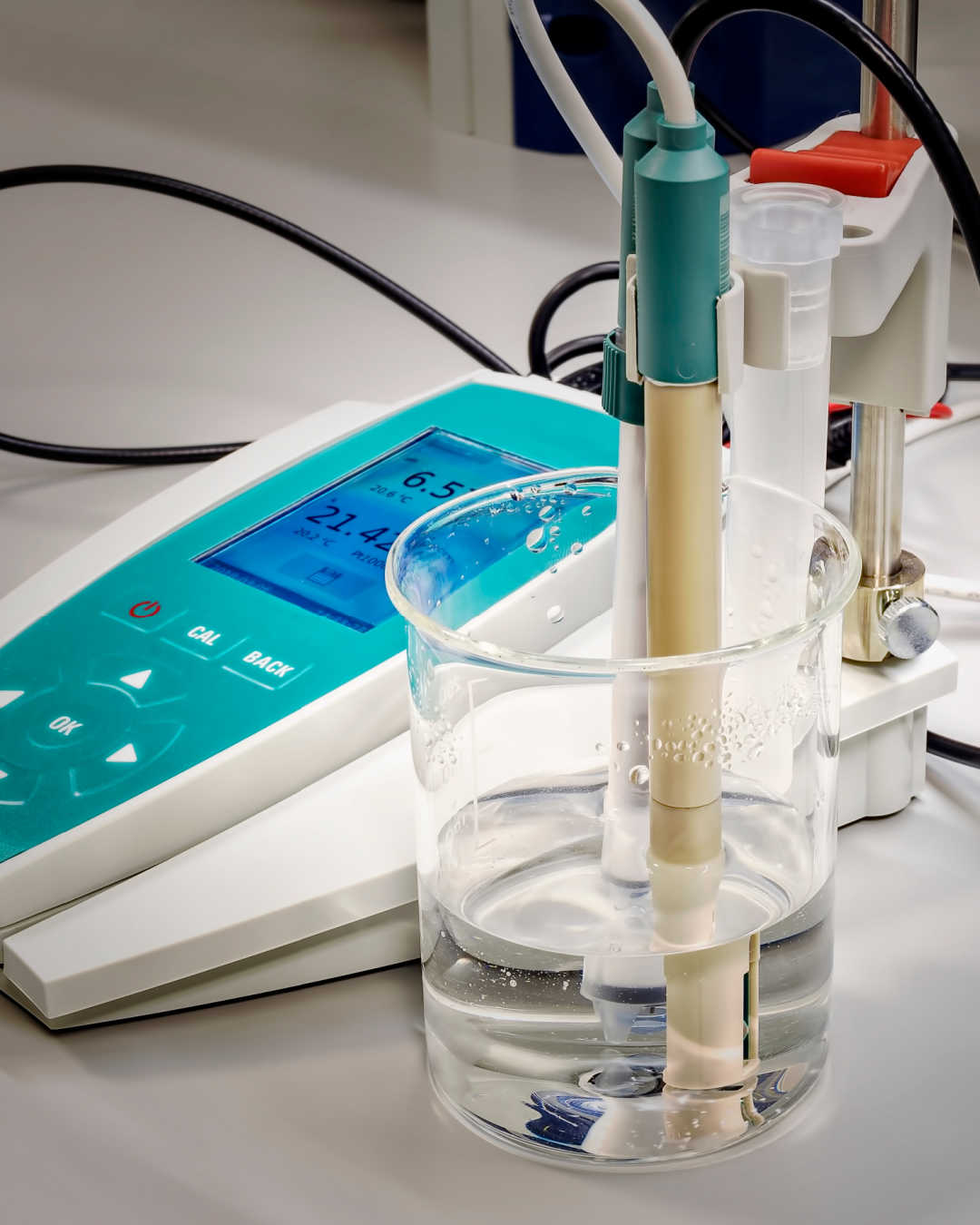
Coffee brewing is as much a science as it is an art, and water truly plays a vital role in this equation–after-all, coffee is about 98% water. The minerals present in your water can dramatically affect how flavors are extracted from coffee grounds.
How Different Minerals Interact with Coffee Compounds
Minerals like calcium, magnesium, and sodium contribute to the extraction process by enhancing or suppressing certain flavors. For instance, calcium helps to extract the rich oils from coffee, giving it more of a full-bodied taste. On the other hand, excessive minerals like bicarbonate can lead to over-extraction, resulting in bitterness.
The Delicate Dance Between pH Levels and Flavor Extraction
The pH level of your water is equally important. Water that’s too acidic or too alkaline can mess with the delicate balance of flavors in coffee. Ideal brewing water typically sits around neutral pH (7), which allows for optimal extraction of compounds without skewing the flavor profile. This delicate balance between minerals and pH levels is why chemists get excited about your coffee water—it’s where the magic happens.
Hard Water vs. Soft Water: The Bitter Truth
If you’ve ever blamed your coffee maker for a bitter, over-extracted cup, hard water might be the real culprit. Hard water contains high levels of minerals like calcium and magnesium. While these minerals, in moderation, can enhance flavor, too much of them leads to a harsh taste. Essentially, hard water extracts flavors too aggressively.
The Flat Experience of Soft Water
On the opposite end of the spectrum lies soft water. Lacking sufficient minerals, soft water struggles to extract the full spectrum of flavors from coffee beans. Instead of vibrant notes, you might find yourself sipping a flat, uninspiring cup. It’s like having a great playlist but only hearing the bass.
Striking the Right Balance
So how do you find that elusive mineral sweet spot without needing a chemistry degree? Aim for water with balanced mineral content—ideally around 150 mg/L of total dissolved solids (TDS)–though the Specialty Coffee Association of America suggests an acceptable TDS range of 75-250. This level usually ensures good extraction while avoiding the bitterness of hard water and the dullness of soft water. You don’t need to be an expert; just a little awareness about your water quality can go a long way in enhancing your coffee game.
With these insights on hard and soft water, you’re now equipped to fine-tune your brewing process. But remember, it’s not just about the water; the temperature at which you brew also plays a critical role in how your coffee turns out.
Tap Water: The Russian Roulette of Coffee Brewing
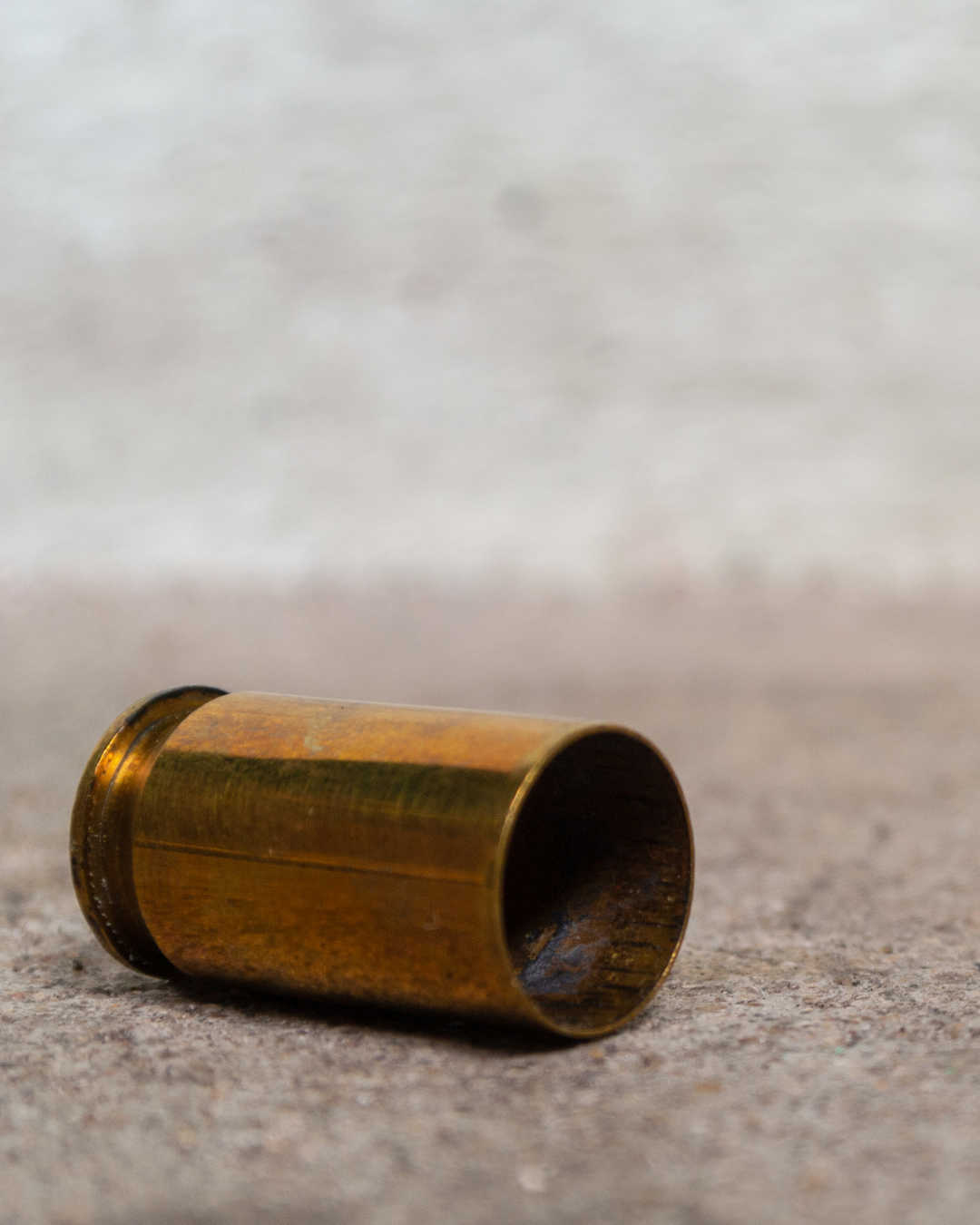
When it comes to brewing coffee, tap water can be a game of chance. Depending on where you live, the quality and taste of your tap water can vary dramatically. This means that even if you and your friend are using the same beans and brewing methods, their coffee might taste better simply because of the water flowing from their faucet. Factors like mineral content, chlorine levels, and even seasonal changes can all affect how your morning brew turns out.
The Villains in Your Pipes
Chlorine and chloramines are often added to municipal water supplies to ensure safety. However, these chemicals can wreak havoc on the flavor of your coffee. Imagine pouring what you thought would be a rich, aromatic cup only to find it tastes like a swimming pool. That’s not the coffee maker’s fault—that’s the water! If you’re serious about your coffee, you’ll want to consider filtering your tap water to eliminate these flavor-destroying culprits.
Seasonal Changes: The Mystery Factor
Ever notice that the taste of your coffee changes with the seasons? You’re not imagining things. Municipal water sources undergo seasonal fluctuations that can impact everything from temperature to mineral content. In winter, for instance, colder temperatures can lead to higher concentrations of minerals, which may amplify that bitterness you’ve been struggling with. As the weather warms up, the balance can shift, leading to a different—and potentially more pleasant—coffee experience.
Bottled Water: Convenience or Costly Deception?
While bottled water may seem like a convenient solution for your coffee brewing needs, it’s essential to peel back the layers of marketing myths surrounding these products. Many brands boast their purity and mineral content, claiming superiority over tap water. However, the reality is often more complicated.
The Marketing Myths Versus Mineral Reality
Most bottled waters are marketed as being the best choice for hydration and even coffee brewing. Yet, many popular bottled waters feature mineral profiles that can actually hinder flavor extraction. For example, waters high in sodium or sulfate can lead to an overly briny taste, overshadowing the delicate notes of your premium beans.
Premium Bottled Waters: A Brewing Faux Pas?
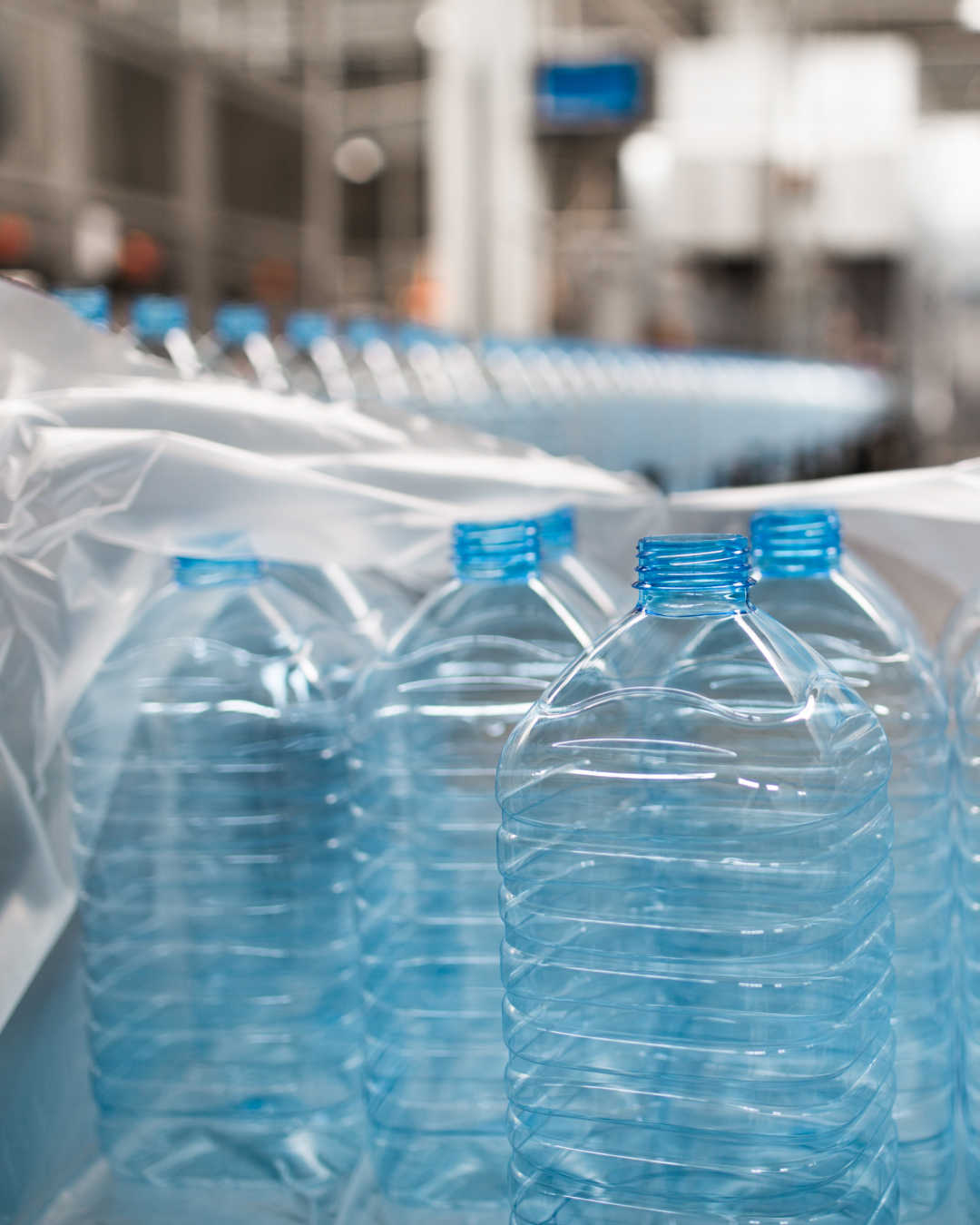
Ironically, some premium bottled waters touted for their unique mineral compositions are far from ideal for making coffee. They might be great for staying hydrated, but the same minerals that make them taste good when sipped straight can clash with your carefully crafted brew. It’s not uncommon for enthusiasts to find that the very brands they thought would elevate their coffee experience deliver disappointing results.
The Environmental Impact of Plastic Addiction
Beyond flavor, there’s an environmental cost to consider. The plastic waste generated by bottled water is staggering, contributing significantly to pollution and harming ecosystems. Opting for bottled water for your perfect cup of coffee may feel like a simple solution, but it has far-reaching repercussions. As you sip on that artisanal brew, think about whether the convenience is worth the environmental toll.
As we navigate the complexities of water choices, it’s crucial to turn our attention to filtration systems, where the quest for the perfect cup can take a deeper dive.
Filtration Systems: From Basic to Borderline Obsessive
When you start diving into the world of coffee, water quality often becomes a top priority. The simplest way to improve your water is with basic filtration systems like Brita filters. These pitchers are like the gateway drug for coffee enthusiasts; they make it easy to enhance your brew without overwhelming you with complexity. Just fill them up, and you’re on your way to better-tasting coffee.
The Allure of Advanced Filtration
But what happens when the simple solution isn’t enough? Enter reverse osmosis (RO) systems. These systems promise crystal-clear water but can strip almost all minerals from your tap. If you find yourself obsessively tinkering with remineralization to add back those essential flavors, congratulations—you’ve officially gone down the rabbit hole of water obsession.
Cost vs. Benefit
Now, let’s talk money. Basic filters are affordable and do the job well enough for most coffee drinkers. However, as you dive deeper into filtration technology, costs can skyrocket. Investing in an RO system might seem justified if you’re aiming for coffee nirvana, but it’s wise to weigh the benefits against your budget. For many, a good mid-range filter strikes the perfect balance between quality and cost.
“Water Business” Water: A Great Middle Ground?
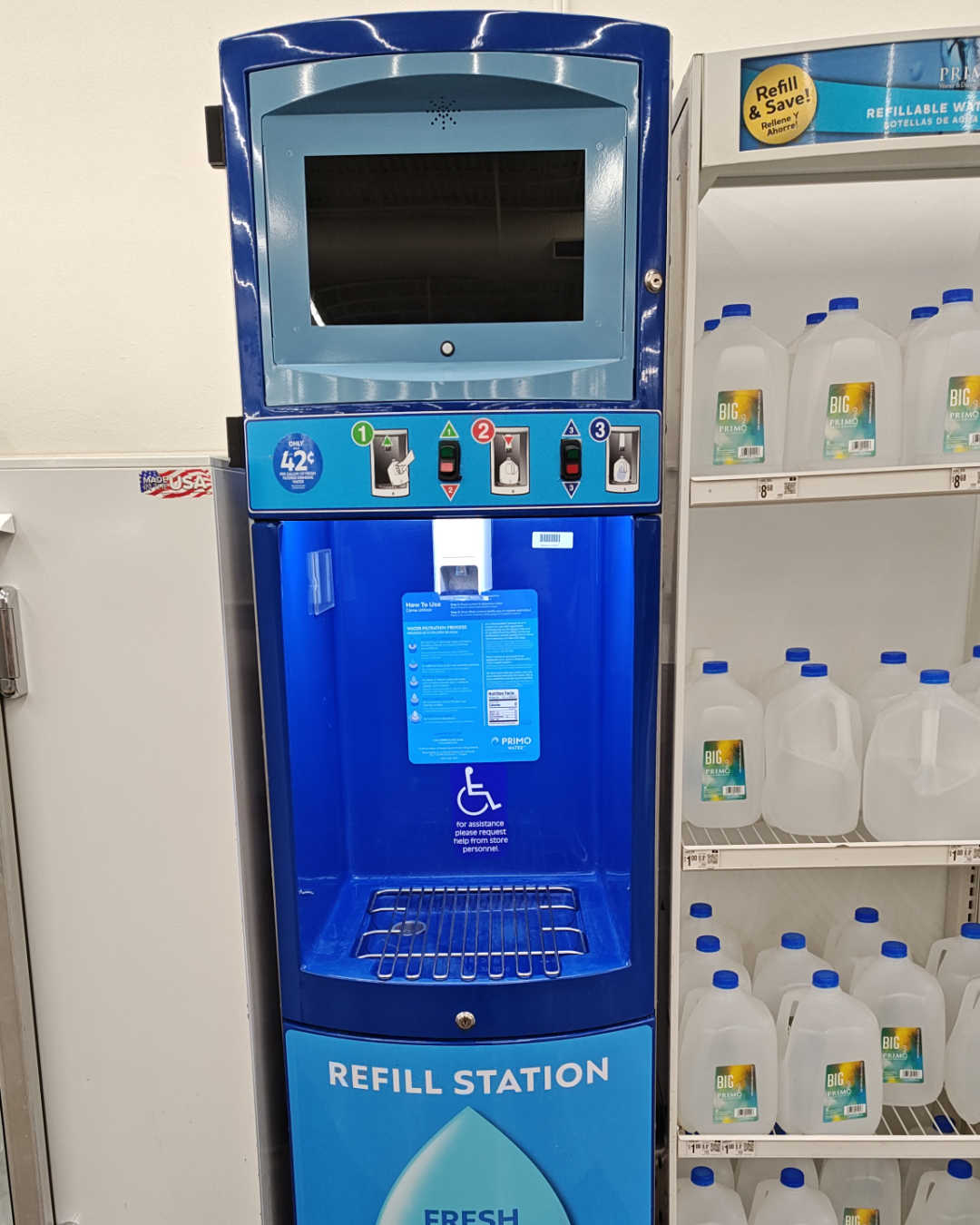
If the area you live in has a municipal water supply with a reputation for tasting bad (though not necessarily dangerous), businesses offering alternative sources of water may be available. These businesses often use large-scale reverse osmosis equipment to provide good quality water. Customers use their own containers to fill with water: I’ve seen everything from rinsed out milk jugs to five gallon bulk water containers.
You may also find “coin operated” automated water dispensers in grocery stores and “mega marts.” However make sure these units are maintained appropriately before using.
DIY Water Recipes: Yes, That’s Actually a Thing
The Rise of ‘Third Wave Water’
Coffee enthusiasts have taken water quality to an obsessive new level, coining terms like “third wave water.” This movement is all about customizing your brewing water to enhance the flavors of your coffee. Imagine this: instead of just pouring tap or bottled water into your brewer, you mix up your own concoction based on the specific needs of your beans. It’s a bit like being a mad scientist in your kitchen, and it’s catching on fast.
Simple At-Home Water Modifications
You don’t need a chemistry degree to get started with DIY water recipes. Here are some straightforward modifications that anyone can do:
- Mineral Balance: You can add minerals like calcium and magnesium to your water to optimize flavor extraction. A pinch of Epsom salt (magnesium sulfate) or baking soda can work wonders.
- Distilled Water Base: Start with distilled water as your blank canvas. From there, add mineral salts until you reach that perfect balance.
- Water Temperature: Adjusting your water temperature can also be part of your DIY approach. Aim for around 195°F to 205°F (90°C to 96°C) for optimal extraction without scalding your beans.
These simple tweaks can elevate your coffee game without requiring a lab setup.
When Water Preparation Takes Longer Than Brewing
Here’s the catch: sometimes, preparing your water can feel like an elaborate ritual that takes longer than actually brewing the coffee. Between measuring minerals, adjusting pH levels, and waiting for the right temperature, you might find yourself spending more time on water prep than on the actual brewing process. But for many, this is part of the fun. The satisfaction of crafting the perfect cup from start to finish makes it worthwhile.
Conclusion: Finding Your Personal Water Balance
It’s clear that water quality can make or break your perfect cup. But how do you find your personal balance without diving into an obsessive rabbit hole?
Practical Recommendations Based on Coffee Obsession Level
- Casual Coffee Drinker: If your love for coffee is more about the caffeine kick than the nuances of flavor, tap water may suffice. Just be mindful of any unpleasant tastes or odors.
- Avid Coffee Lover: For those who appreciate a good brew but don’t want to overthink it, consider using a basic filtration system. A simple pitcher filter can drastically reduce chlorine and improve taste without breaking the bank. Using a “water business” service might make sense, too.
- Coffee Connoisseur: If you’re serious about your coffee journey, investing in a reverse osmosis system might be the way to go. Coupled with remineralization, it allows precise control over mineral content, elevating your coffee game.
Diminishing Returns of Water Quality Improvements
Recognize that while upgrading your water can enhance your coffee experience, there are diminishing returns. Beyond a certain point, the improvements may become marginal compared to what you’re putting into it financially and time-wise. Understanding your palate is key—sometimes, it’s more about the brewing method than the water itself.